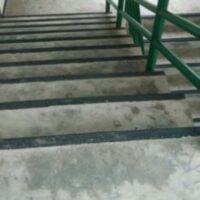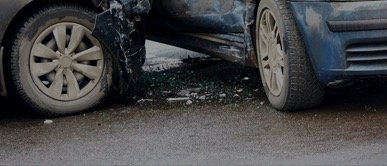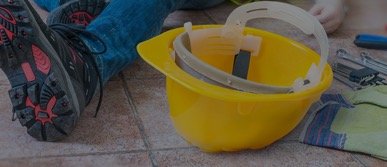Stairs Can Be More Dangerous Than You May Think

It just so happens in life that there are things that we use or do every day, usually without any problem. Because of that, we tend to overlook how dangerous they actually are. One of those things is the stairwell, or stairs, which, if not properly maintained or taken care of, can lead to serious injuries.
We take for granted how perfect and even stairs have to be, for our bodies to navigate them. Even stairs that are free from debris or foreign substances can be dangerous, if they aren’t built or maintained properly.
Even Heights and Depths
When it comes to stairwell safety, one big requirement is that of being even—both in the height of the stairs, and the depth of the stairs.
When it comes to height, it is required that every step in a stairwell be of the same height—that is, the step-up and step-down distance must be the same. When the heights vary from step to step, a serious injury can occur, because our bodies, and the musculature in our legs, knees and lower body, brace for the next step automatically. Our brains and bodies recognize the pattern, and orchestrate our muscles to adapt to the next step up or down.
When that step up or down isn’t where our bodies and brains expect them to be, we can be seriously injured. Aside from falling on the stairs—a serious possibility—uneven stairs that vary in height from step to step can lead to twisted and broken ankles, and damaged knees.
That also applies to steps of different depths. Once again if a step is deeper (or longer) than the others, our feet, when trying to reach the next step up, can misjudge where the next step is, causing us to trip and fall down the stairwell.
Striping
You may have noticed that many stairs have bright colored striping on the ledges. That’s because our minds tend to “blend” in one step to the next, and it can be hard to see where one step ends and the next begins. In many cases, these strips become dull and worn, and are not properly replaced by property owners.
Handrail Safety
Most building codes also require the installation and maintenance of handrails. But those handrails have to be a certain height—too low or too high and they are either useless, or dangerous. Additionally, handrails that wobble, or which are not secure can present a serious safety risk.
Many businesses will install a step or two, or even an entire stairway area, and not think of handrails. Or, the business may extend a stairwell after the stairs are but, but not think to extend the handrail as well.
All of this is in addition to the cleanliness of the stairs–often, businesses will clean floors, walkways and isles, but give little attention to how clean the stairs are.
Contact the Tampa personal injury lawyers at Barbas Nunez Sanders Butler & Hovsepian for help today. Schedule a consultation today.
Sources:
hunker.com/13402630/florida-building-codes-for-residential-stairs
codes.iccsafe.org/content/FBC2017/chapter-10-means-of-egress




